Clouds that shine at night, scientists create one to understand them
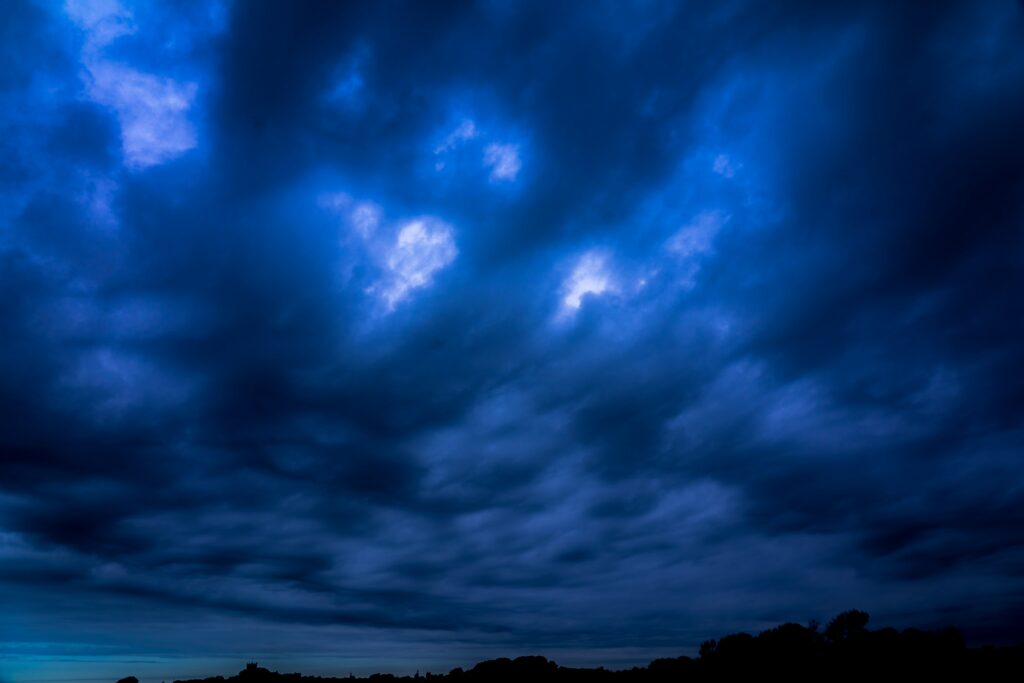
NASA’s Super Soaker mission was basically an extreme DIY project: To better understand how noctilucent, or night-glow, clouds form, researchers created one from scratch.
Picture this, one freezing predawn morning in January 2018, researchers launched a rocket carrying a bathtub’s worth of water from the Poker Flat Research Range in Chatanika, Alaska, when this rocket was 85 kilometers above the ground, its payload of water it exploded, spraying the upper mesosphere with a plume of steam that froze in a cloud of ice crystals. When such high-flying ice mists are illuminated by sunlight from beyond the horizon after sunset, they are seen in the dark sky as shimmering noctilucent clouds.
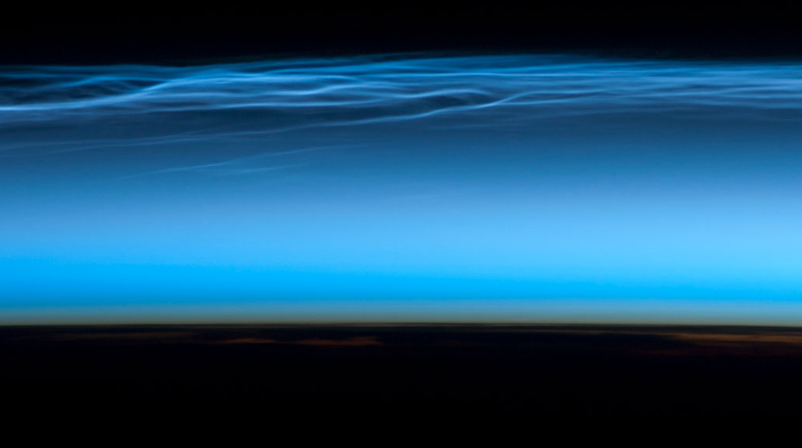
The cloud in this experiment was too small to see from the ground, but reflections from a ground laser aimed at the “Super Soaker” rocket detected a cloud of ice crystals 18 seconds after the explosion. According to computer simulations of cloud formation, that cloud could have formed so quickly only if the temperature inside the plume of vapor was about 25 degrees Celsius cooler than the surrounding air.
The rapid cooling, from an initial temperature of about -45° Celsius, suggests that the water vapor released by the rocket not only provided the H2O to make ice crystals, but also actively cooled the air to trigger cloud formation. Water vapor can cool the upper atmosphere because H2O is very good at emitting infrared radiation, and the gas in the atmosphere is scarce enough that this heat easily escapes into space. So at these altitudes, the water vapor itself can easily cool the air enough to create noctilucent clouds.
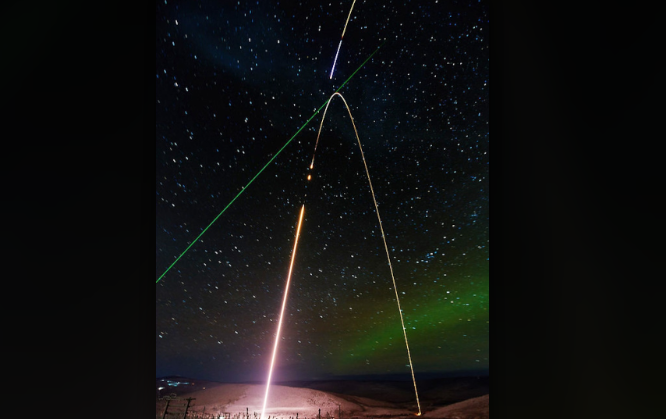
The Super Soaker experiment “was a very innovative idea,” says Xinzhao Chu, a physicist at the University of Colorado Boulder who was not involved in the work. Noctilucent clouds have become brighter and more frequent in recent decades. But it’s not clear how much of that is due to climate change, which is expected to make the mesosphere cooler and wetter, compared with more rocket launches pumping extra water vapor into the atmosphere, she says. A better understanding of rocket-generated clouds could help isolate the impact of climate change on the upper atmosphere.
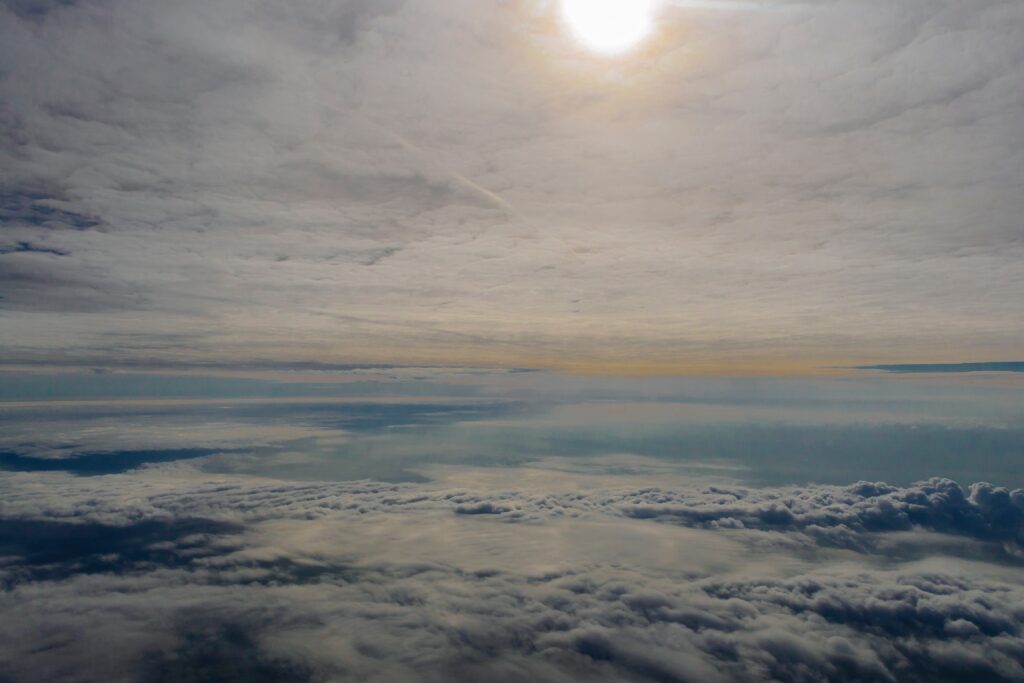
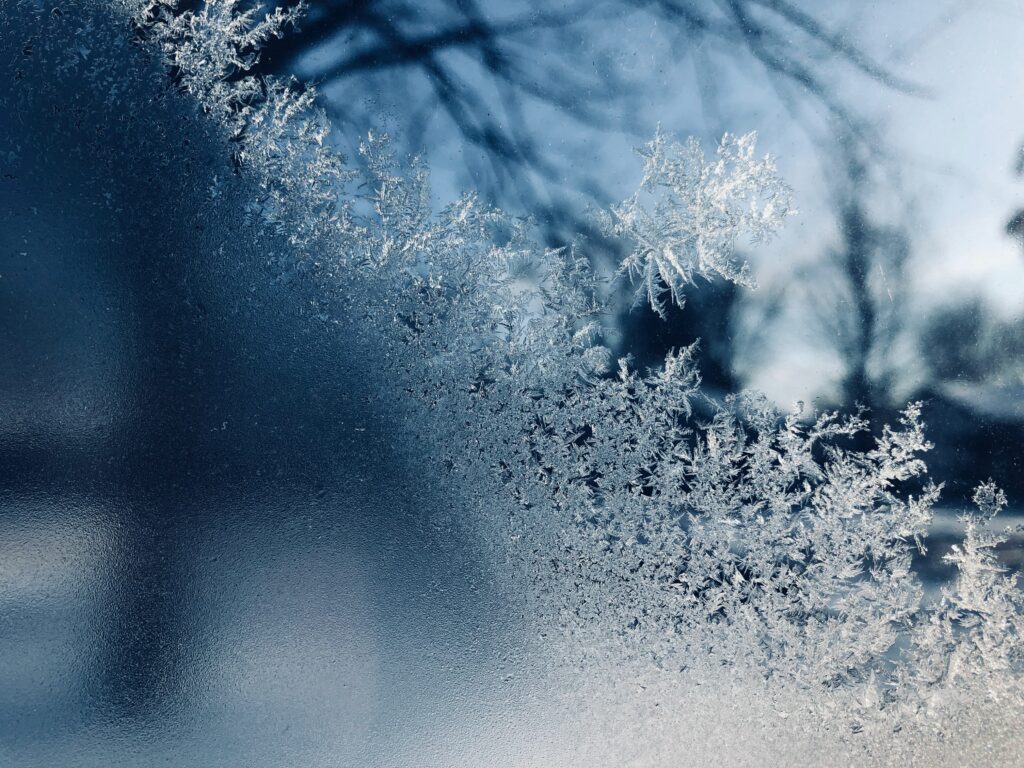
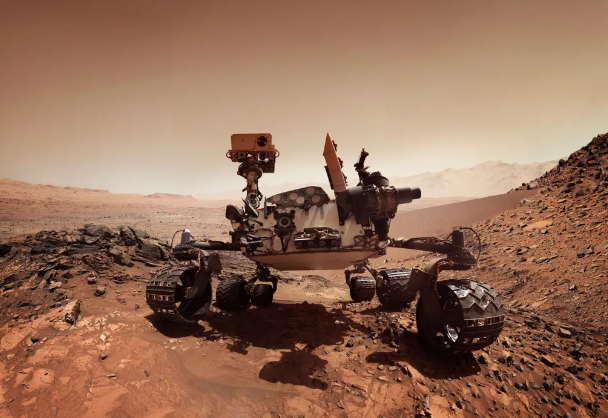

Responses